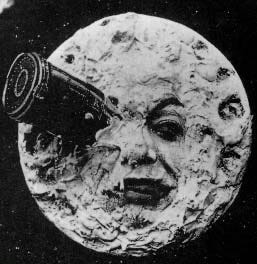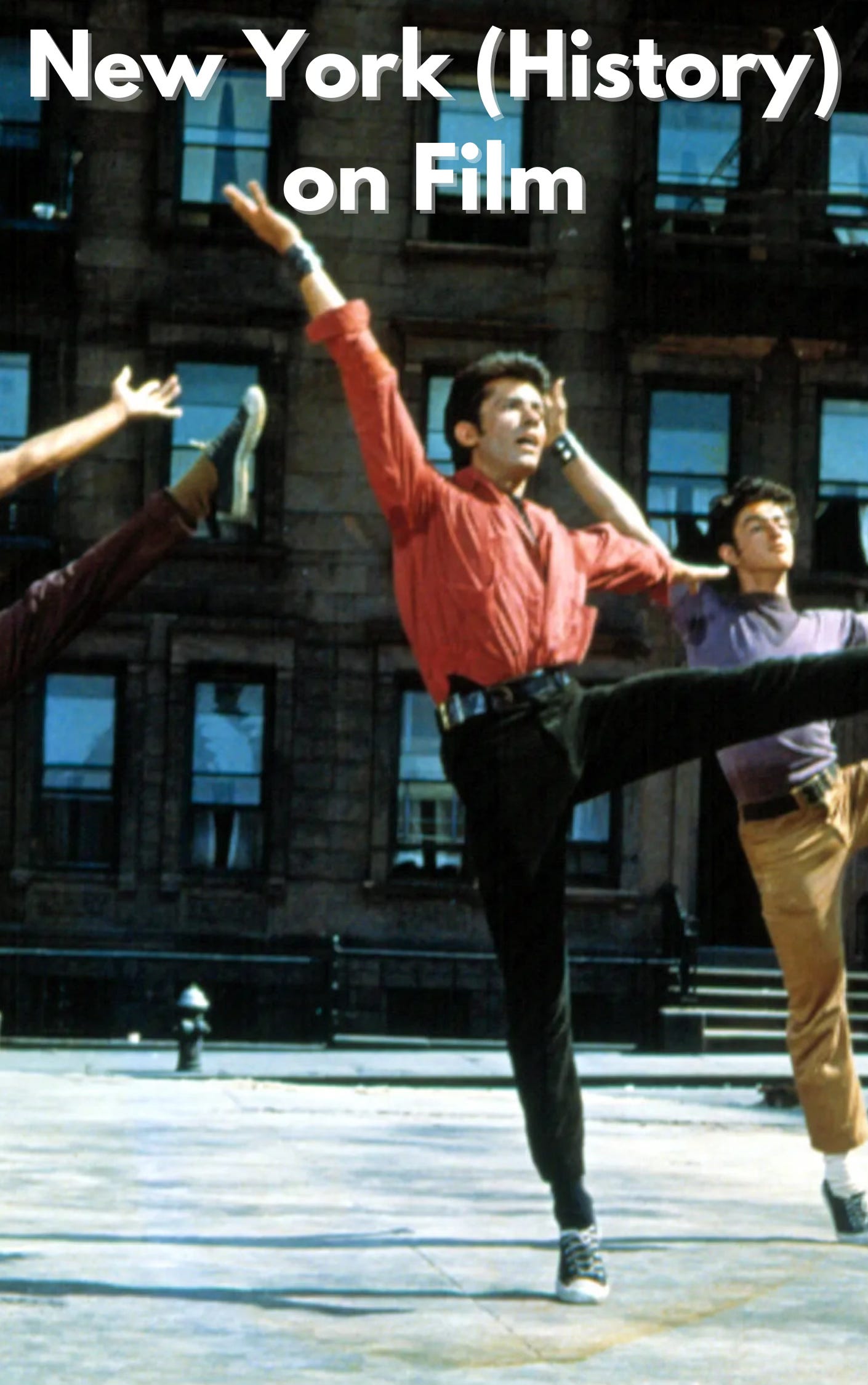I’m giving a talk next week about how the history of New York City has been depicted on film. (More on that, for those interested, below.)
One of the many joys of my job is the deep dives I get to do into a topic, much of which is only tangentially related to what I’m actually working on and—thus—ends up on the cutting room floor. That’s one reason I started this newsletter—to share these little nuggets that I can’t otherwise shoehorn into my presentations.
Today’s nugget is quite famous: Le voyage dans la lune (“The Voyage to the Moon”) from 1902, an early piece of cinema so famous that it’s often mistakenly regarded at the first movie. This is similar to the reputation of the Flatiron Building in New York—its fame leads people to believe it was the first skyscraper or the tallest building in the world (or both) when it was neither.
Le voyage dans la lune was made by one of cinema’s pioneers, Georges Méliès, who—along with the Lumière brothers and Thomas Edison—essentially created the movies as we know them. While Le voyage dans la lune was not Méliès’s first narrative project, it’s the most complex of the very early silent films, both in terms of its plot structure and the effort that went into every shot. The film was so expensive to make that Méliès had to charge exhibitors extra to show it. When they balked, he offered them the film free for a day, sure that it would pull in such a large audience that it would justify future rental costs.
Two versions were released in 1902: one in black-and-white and one where every frame had been hand-colored. The colored version was assumed to be lost until 1993, when it was found in a cache of silent films that had been anonymously donated to the Filmoteca de Catalunya in Barcelona. Meticulously restored by Lobster Films in 2011, it’s the color version I am sharing below. I hope that watching this 15-minute piece of history will bring you as much delight as it brought me.
Much of Méliès’s work is lost to us. When World War I broke out, Méliès was forced to melt down a large amount of his collection; the raw celluloid was used to make heels for the boots the soldiers wore as they shipped off to war. Luckily, this masterpiece survives.
On Thursday, February 20, 2025, at 6PM Eastern/3PM Pacific, I’m giving a talk on Zoom called “New York (History) on Film.” I’ll be looking at the way directors have created various historical periods in New York, from Knickerbocker Holiday’s depiction of Peter Stuyvesant’s New Amsterdam to…. I’m not sure yet. I’m still working on it. (The poster below shows West Side Story, a film that only somewhat fits my self-imposed rubric of which movies I can talk about but which I’ll probably include anyway.)
Details and tickets at: https://form.jotform.com/250084799646168





